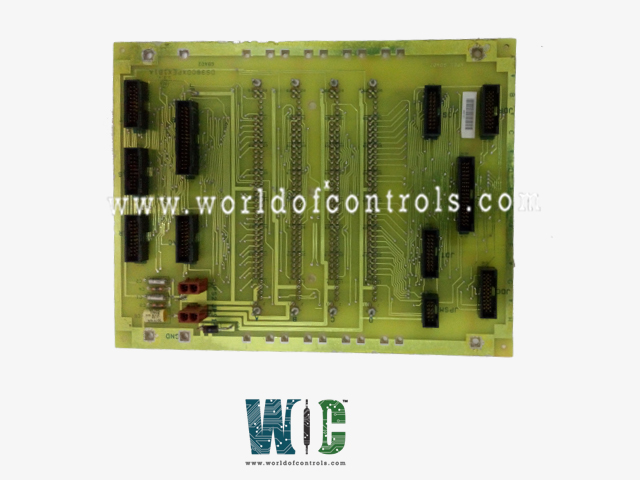Introduction
The GE Mark IV Turbine Control System has long been a cornerstone in the power generation industry. Known for its reliability, redundancy, and early digital innovation, it has powered turbines worldwide for decades. One of the key components that enables its precise operation is the relay driver card. These cards are essential in converting control signals into physical actions — from activating relays to triggering safety shutdowns.
This article explores what relay driver cards are, their function within the Mark IV system, and why they are so critical to turbine operations.
What is a Relay Driver Card?
A relay driver card is a type of electronic circuit board used to manage and control multiple electrical relays. These relays, in turn, activate or deactivate higher-powered systems such as valves, breakers, or alarms. The card acts as a bridge between the system’s low-power digital control logic and the high-power systems in the field.
Relay driver cards:
- Receive digital signals from the main control logic
- Isolate and protect the control system from high-voltage circuits
- Drive multiple relays simultaneously
- Ensure safe and timely switching of electrical loads
In turbine control, this means they handle critical operations like emergency shutdowns, start-up sequences, and safety interlocks.
The GE Mark IV System at a Glance
The GE Mark IV system was one of the first fully digital turbine control systems introduced in the 1980s. It brought significant improvements over its predecessors by offering:
- Triple modular redundancy
- Advanced self-diagnostics
- Automated turbine control and protection
- Modular design for easier maintenance and replacement
At its core, the Mark IV system processes input signals from sensors and operator commands, then sends output signals to actuators and protection devices. Relay driver cards play a key role in managing these output actions.
Function of Relay Driver Cards in Mark IV
In the Mark IV system, relay driver cards are responsible for converting low-level output signals from the control processor into real-world actions. They are the final link in the control chain, making sure that a digital instruction—like shutting off fuel flow or sounding an alarm—becomes a physical event.
Key functions include:
- Controlling relays for solenoids, alarms, and breakers
- Isolating logic circuits from high-current devices
- Providing visual indicators (often LEDs) for status monitoring
- Ensuring redundancy, allowing for failover in case of card failure
This means relay driver cards are vital not just for normal operation, but also for emergency scenarios where fast, reliable response is crucial.
Applications in the Turbine Industry
In turbine operations, accuracy and timing are non-negotiable. Relay driver cards are used to:
- Start or stop fuel flow
- Activate emergency shutdown systems
- Control lubrication and cooling subsystems
- Operate warning systems and annunciators
Their ability to manage high-voltage outputs from low-voltage signals makes them indispensable. Without them, even the most sophisticated control logic would not be able to interact with the physical components of the turbine system.
Maintenance and Replacement
Due to their modular nature, relay driver cards in the Mark IV system are relatively easy to maintain and replace. Many systems still in operation today rely on original or refurbished relay driver cards to keep the system running efficiently.
Operators should:
- Regularly inspect for wear or faulty indicators
- Replace malfunctioning cards immediately to avoid system disruption
- Keep spares in stock due to the legacy status of many Mark IV components
Conclusion
Relay driver cards are one of the unsung heroes of the GE Mark IV turbine control system. They serve as the critical interface between digital commands and real-world turbine operations. Whether triggering an emergency shutdown or managing a routine startup, these cards ensure that control decisions are executed accurately, reliably, and safely.
As many turbine operators continue to rely on the proven stability of the Mark IV system, understanding the role of relay driver cards helps maintain performance, reduce downtime, and extend the life of critical equipment.





Comments